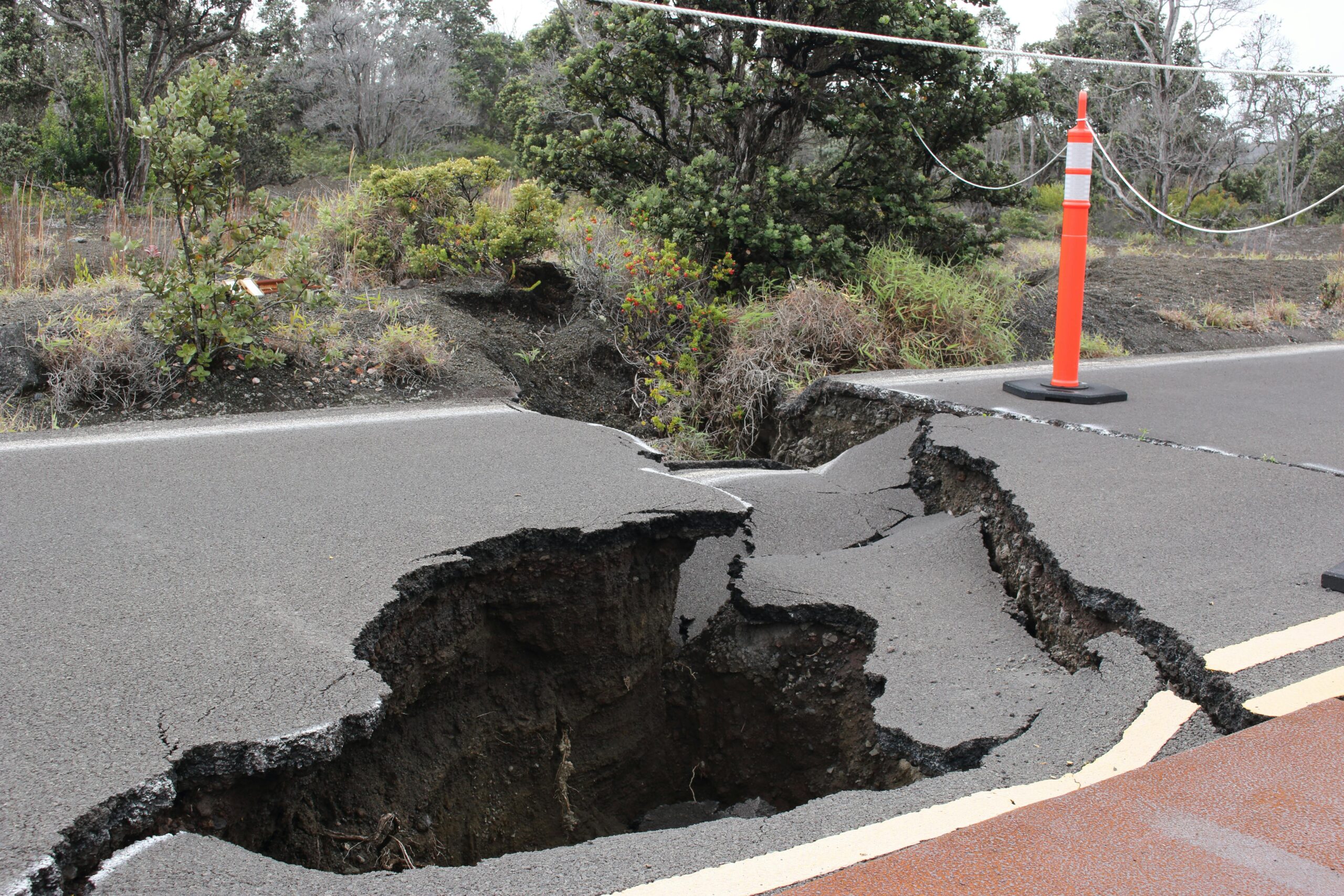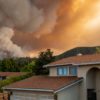Nearly half the population of the United States is exposed to a risk of a damaging earthquakes. The US Geological Survey recently released a report outlining the increased probability of a large earthquake impacting California, and there has been a dramatic increase in human-induced earthquakes across the central United States. This increased risk has further highlighted the importance of earthquake preparation. Earthquakes rarely give any advanced warning, therefore the key to surviving a major sesmic event is to be prepared. Every year on the third Thursday of October, the Great ShakeOut event aims to help facilitate this preparation.
Earthquake Preparation is Key to Survival
Founded in 2008 by the USGS , the Great ShakeOut began in California and now boasts participants in 45 states and more than 70 countries. The ShakeOut is a regionally organized event used to simulate a mock earthquake event. At a specified time, participants envision a major earthquake occurring and practice the “drop, cover and hold on” drill.
Drop, Cover and Hold On!
Drop to the ground, find a sturdy object such as a desk or table to crawl under, and hold on until the shaking stops. If no cover can be found, the drill recommends individuals find an interior wall and protect their head and neck with their arms.
In the ShakeOut event, participants “hold on” for 60 seconds and use this time to scan their surroundings. While scanning, individuals imagine what damage may be occurring as a result of the quake. What heavy objects have the potential to fall and cause injury? What damage may be occurring to structures due to the violent shaking? Will there be a way to escape the impacted area after the quake?
The ShakeOut drill helps to generate awareness of potential dangers in the home, school and workplace. This awareness leads to better planning and mitigation which are essential for survival and recovery after a major earthquake. The Earthquake Country Alliance recommends these four steps to help be better prepaped before the next earthquake occurs.
4 Step Plan to Become More Earthquake Safe
3: Organize disaster supplies.
4: Minimize Financial Hardship
Learn More
To learn more about earthquakes and how to prepare for them, visit these informative websites:
ShakeOut.org. The central website for the ShakeOut event also has a wealth of additional resources. The website contains information on how to hold drills suited for different environments, as well as specific safety recommendations for people with disabilities.
EarthquakeCountry.org. ECA provides information and resources to help improve preparedness, mitigation and resiliency for everyone who lives, works, or travels in earthquake prone areas.
US Geological Survey. The USGS Hazards website houses information on real-time seismic activity and information on earthquake prone areas, in addition to may other tools to help monitor the causes and effects of earthquakes.
Ready.gov. Official website of the Department of Homeland Security which has a section on earthquake specific emergency preparedness.






One Comment